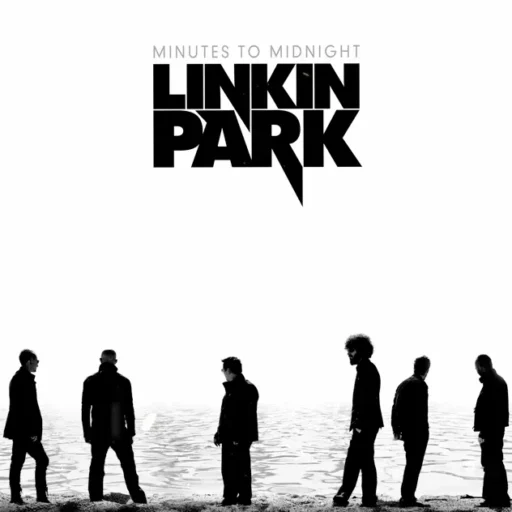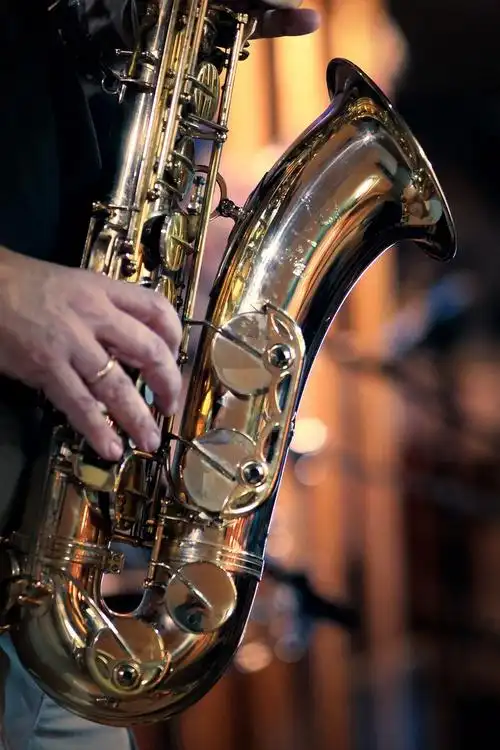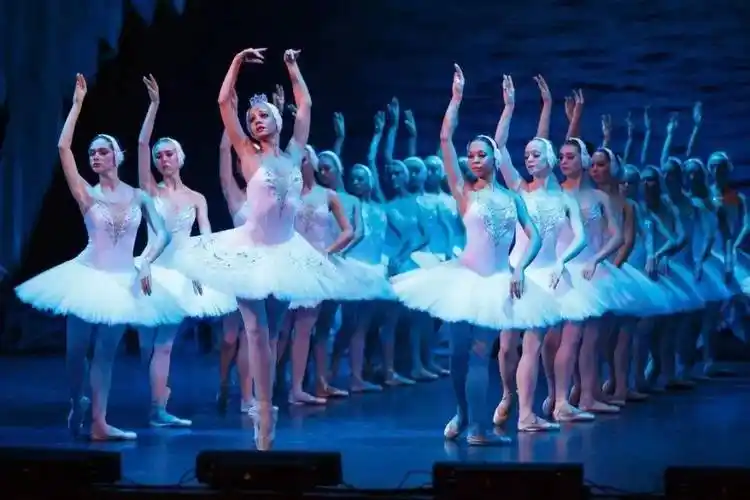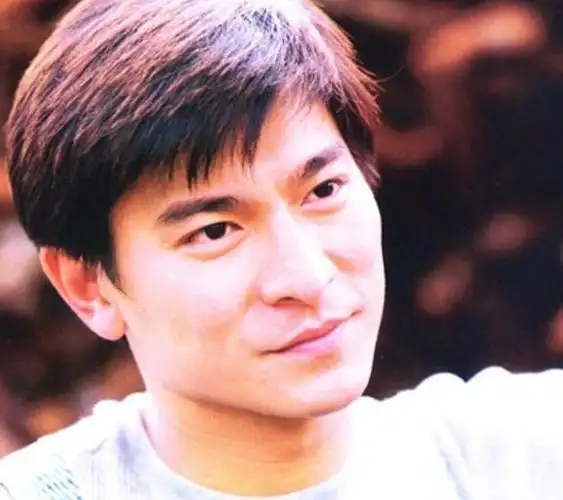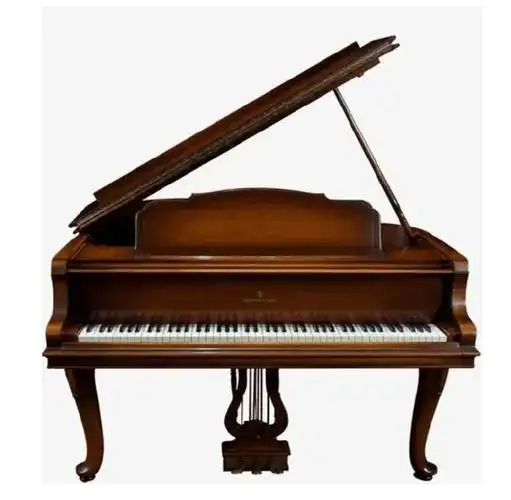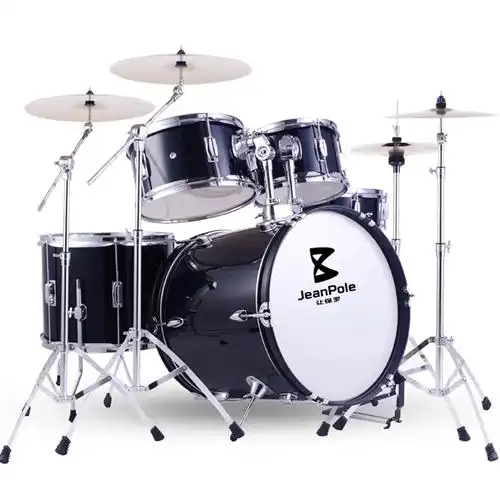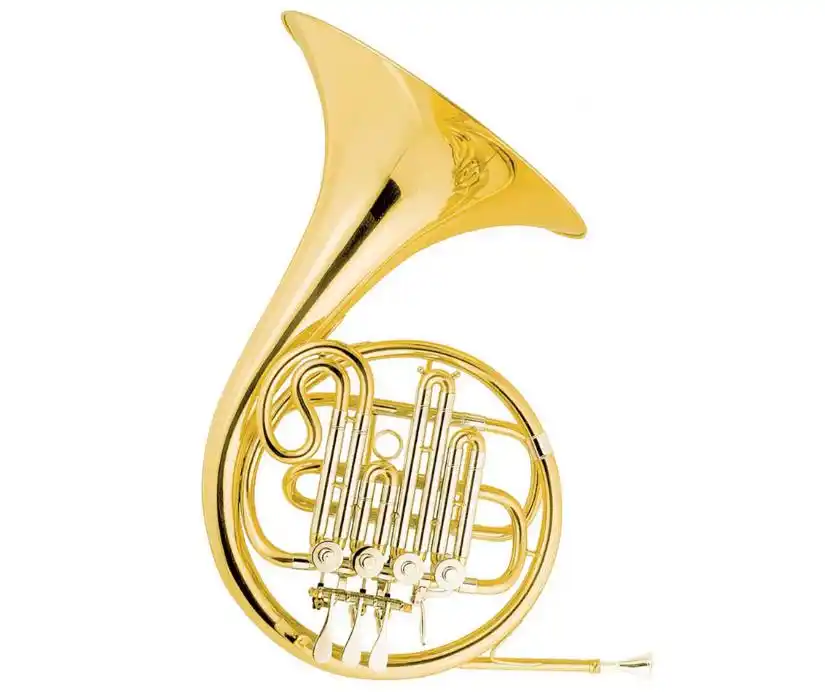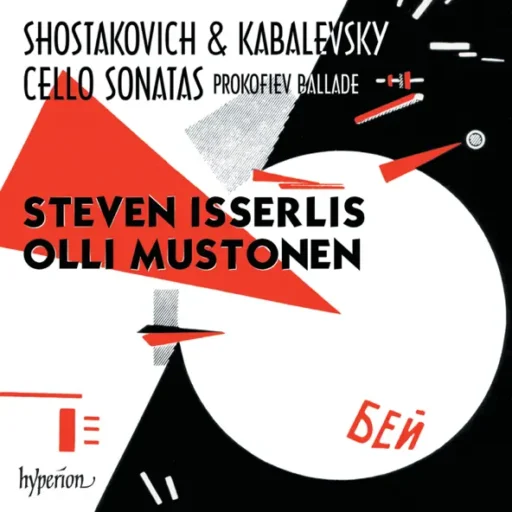目录
| # | 曲目 | 时长 |
|---|---|---|
|
1 |
Cello Sonata in D Minor, Op. 40:I. Allegro non troppo – Largo | 00:11:59 |
| 2 | Cello Sonata in D Minor, Op. 40:II. Allegro | 00:03:02 |
| 3 | Cello Sonata in D Minor, Op. 40:III. Largo | 00:07:46 |
| 4 | Cello Sonata in D Minor, Op. 40:IV. Allegro | 00:04:34 |
| 5 | Ballade in C Major for Cello and Piano, Op. 15:Ballade in C Major for Cello and Piano, Op. 15 | 00:10:53 |
| 6 | Cello Sonata in B-Flat Major, Op. 71:I. Andante molto sostenuto | 00:08:36 |
| 7 | Cello Sonata in B-Flat Major, Op. 71:II. Allegretto con moto | 00:05:26 |
| 8 | Cello Sonata in B-Flat Major, Op. 71:III. Allegro molto | 00:07:52 |
| 9 | Moderato in A Minor:Moderato in A Minor | 00:02:31 |
| 10 | Adagio. Cinderella and the Prince, Op. 97a:Adagio. Cinderella and the Prince, Op. 97a | 00:03:52 |
| 11 | Rondo in Memory of Prokofiev, Op. 79:Rondo in Memory of Prokofiev, Op. 79 | 00:09:57 |
专辑简介
The Cello Sonata in D minor, Op. 40 by Dmitri Shostakovich (1906-1975) was composed around the same time as his fearsome Symphony No. 4, a period during his life when the apprehension of being dragged away by the Soviet regime\’s secret police must have weighed constantly on his mind. And in typical Shostakovich fashion, the musical narrative itself is infected, intentionally or not, by this inceptive phobia. At the onset it sounds very much like something Rachmaninov would have written, especially when the hyper-lyrical main subject appears around the 2:00 mark (unusually beautiful for Shostakovich). But it doesn\’t take long before the bogeyman of fear rears its ugly head. This beautiful and tender passage, which returns a few times during the first movement, is always quickly shadowed by a repeated three-note motif in the piano\’s lower register, that could be interpreted as an urgent knock at the door. As a matter of fact, near the end, that knock is replaced by yet another piano passage that sounds like someone creeping up the stairs. Eventually the movement ends shrouded in mystery. Now, as if Shostakovich had been taken away in the night, the second movement sounds like a steam locomotive bound for Siberia. The aptly dark and morose Largo that follows intensifies the sense of bleak and utter desolation that this composer could project like no one else. And again in typical Shostakovich about-face character, the final movement comes in like a court jester, juggling various folk tunes in a slapstick manner, meant to erase all signs of the preceding nightmare.






